Antiskari is a village situated at the southern foothills of the Asterousia Mountains in Crete, Greece. It is part of the Phaistos municipality in the Heraklion regional unit. The village is approximately 70 kilometers from Heraklion.
Historical References
One of the earliest documented references to Antiskari can be found in a contract dating back to 1403. Furthermore, the village is mentioned in various Venetian censuses, providing valuable insights into its population and demographics during the period of Venetian rule in Crete.
A particularly noteworthy historical record from 1583 indicates that Antiskari had a population of 160 inhabitants at that time. This data point serves as a testament to the village’s continuous presence and its role in the broader historical tapestry of the region.
The village’s name is believed to be derived from the Venetian era practice of employing oarsmen, known as “antiscari,” to row galleys in place of villagers who were obligated to perform this duty. These oarsmen were paid by the villagers, and Antiskari is thought to have been a village inhabited by these oarsmen. Therefore, the correct spelling of the village’s name is considered to be “Antiskarioi,” similar to other plural forms like “Varvaroi” or “Mouchtaroi.”
Location
Antiskari enjoys a picturesque location nestled amidst the southern foothills of the Asterousia Mountains. This strategic positioning offers the village both natural beauty and a degree of protection. Its proximity to the mountains has likely influenced its historical development, shaping its agricultural practices and its relationship with the surrounding environment.
The village’s distance from Heraklion, the capital of Crete, is approximately 70 kilometers. While this distance places Antiskari somewhat removed from the major urban center, it also contributes to its tranquil and rural character.
Historical Significance
While Antiskari may not be as widely known as some of the larger historical sites on Crete, it holds its own unique historical significance. The village’s name itself offers a glimpse into its past, reflecting the practice of employing oarsmen, or “antiscari,” during the Venetian era. This practice, which involved villagers paying substitutes to row galleys in their stead, speaks to the social and economic dynamics of the time.
Furthermore, the presence of the nearby ruins of the ancient city of Lasaia adds another layer of historical depth to the region surrounding Antiskari. Lasaia, mentioned in the biblical text of the Acts of the Apostles, serves as a reminder of the area’s rich and layered past, stretching back to antiquity.
Population Data Over the Years
Year |
Population |
|---|---|
1961 |
581 |
1971 |
538 |
1981 |
521 |
1991 |
480 |
2001 |
452 |
2011 |
431 |
1961 |
640 |
1971 |
586 |
1981 |
546 |
1991 |
678 |
2001 |
599 |
2011 |
577 |
Current Status
Today, Antiskari stands as a testament to the resilience and adaptability of rural communities. Despite the challenges posed by demographic changes and economic transformations, the village continues to thrive, primarily through its agricultural activities.
Antiskari is a prosperous village, primarily due to its agricultural activities. The area benefits from abundant underground water sources, enabling the cultivation of a variety of early-season vegetables like tomatoes, cucumbers, peppers, eggplants, and zucchini. The valley stretching from the village to Platia Peramata is a continuous expanse of cultivated fields, taking advantage of the consistently warm temperatures and the presence of swallows even during the winter months.
The village has a primary school, a kindergarten, and a charming cafe situated next to the village square and the school. The central church is dedicated to the Transfiguration of the Savior. Accommodation options are available in the form of a guesthouse located in Platia Peramata.
Village Key Points
- Historical References: Antiskari is mentioned in a contract from 1403 and in Venetian censuses. In 1583, it had a population of 160 inhabitants.
- Location: Antiskari is located in the southern foothills of the Asterousia Mountains, about 70 kilometers from Heraklion, Crete.
- Historical Significance:
- Current Status: Antiskari is a thriving village with a focus on agriculture. It offers basic amenities and infrastructure, including a school, a kindergarten, and a guesthouse.
Access
Antiskari is 16.2 kilometers away from the town Tympaki and 10.4 kilometers away from Moires













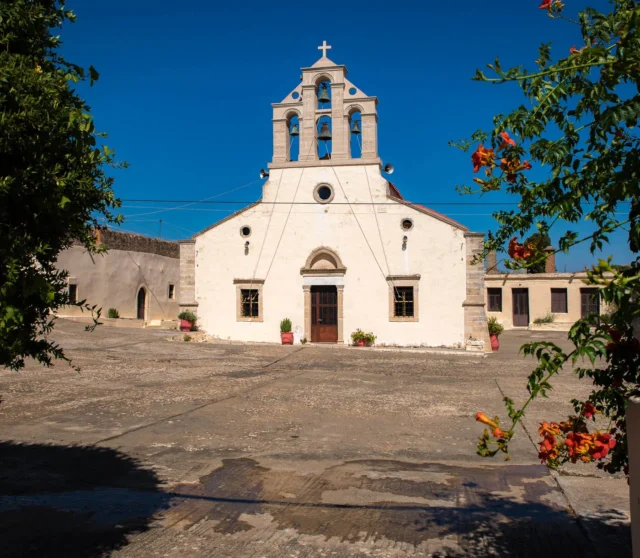




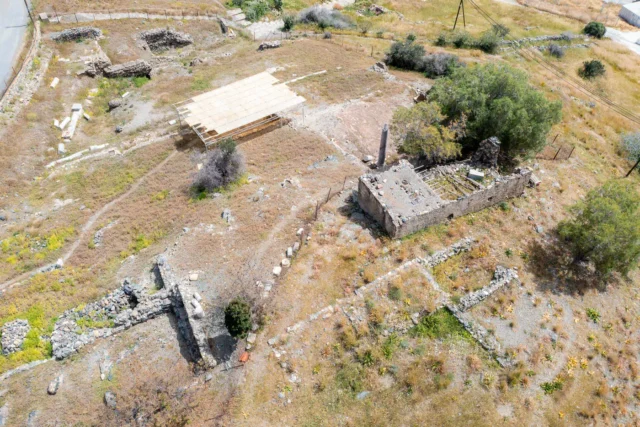
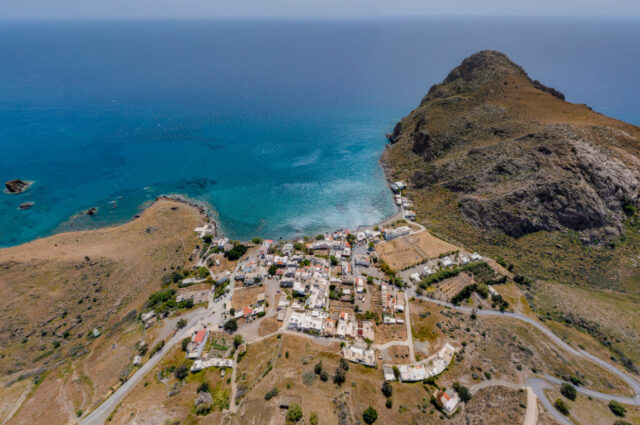


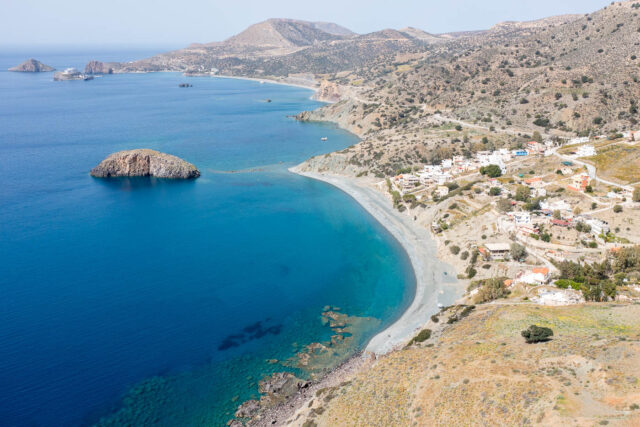
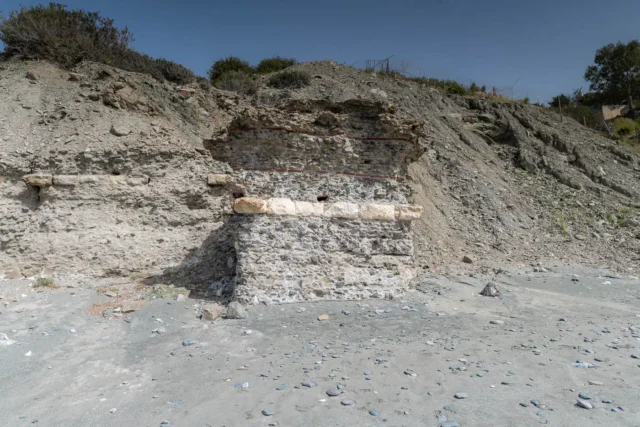

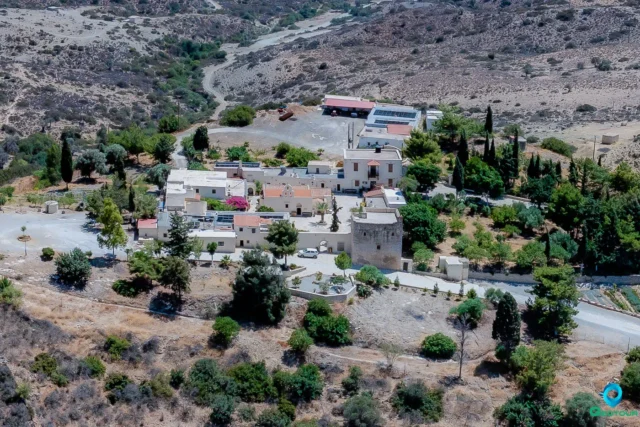
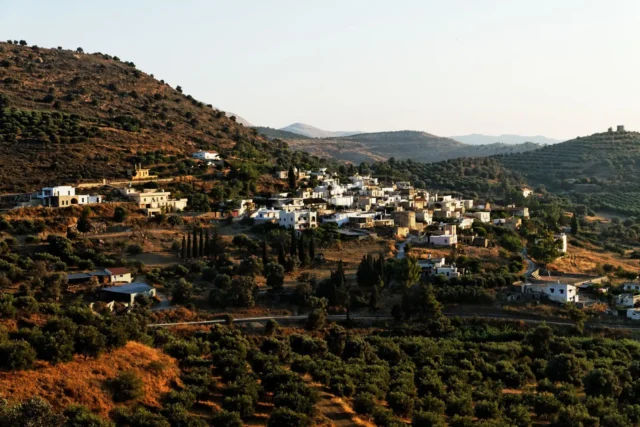

There are no comments yet.